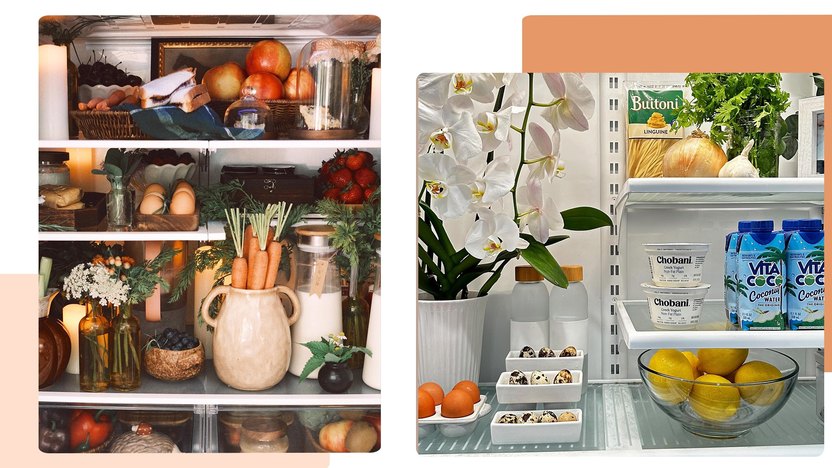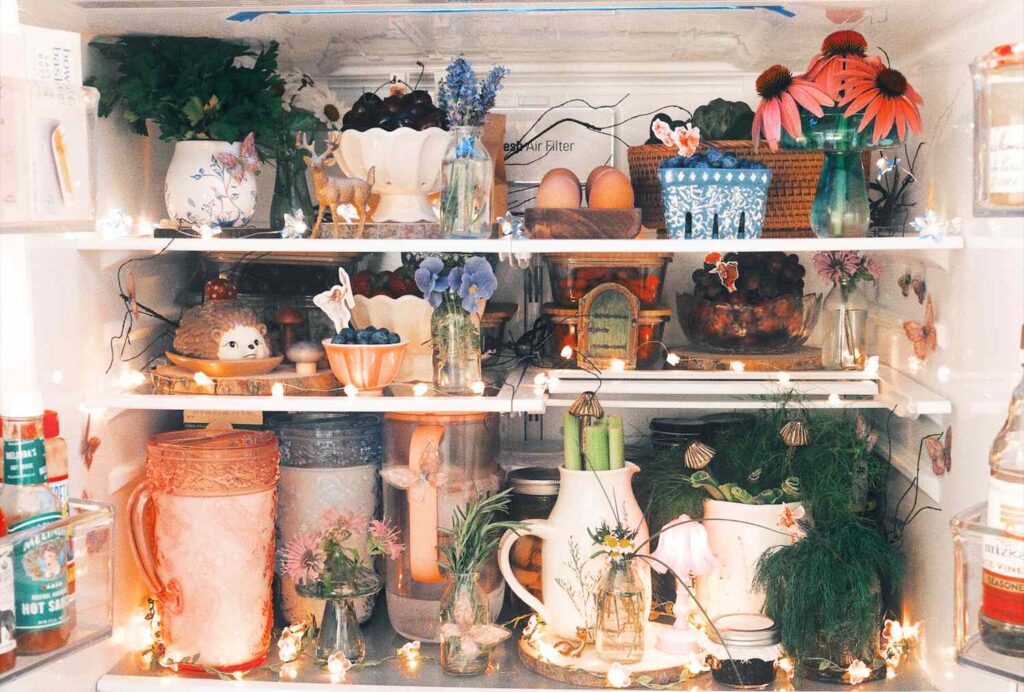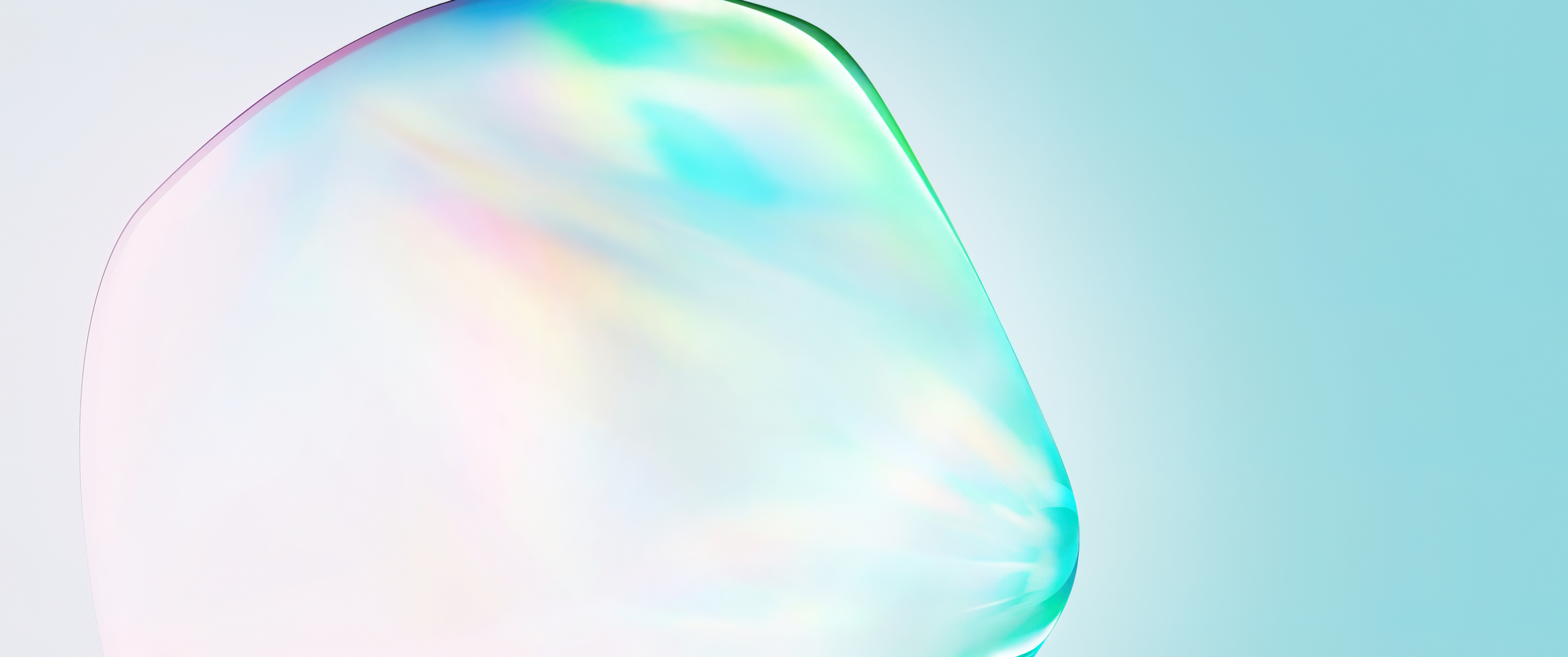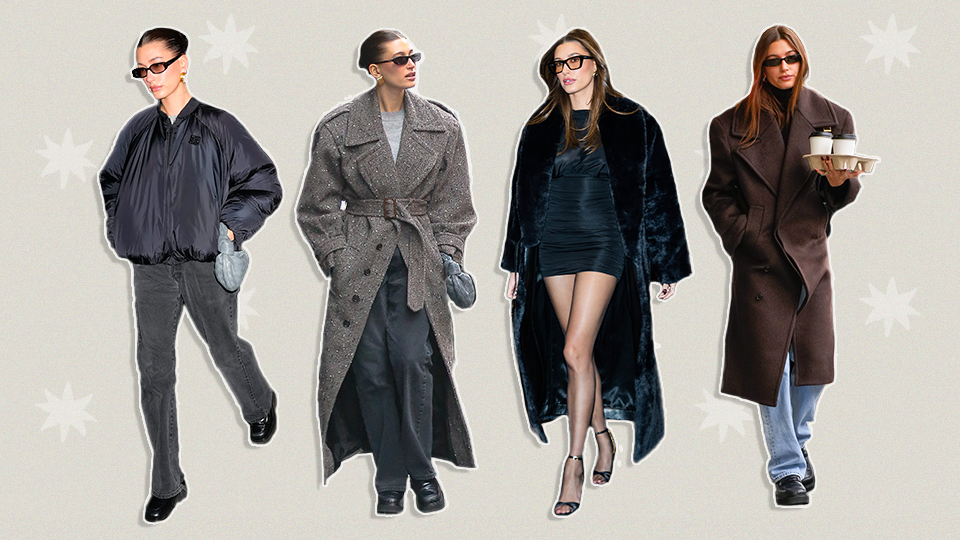
A new and visually appealing trend known as “fridgescaping” has taken social media platforms by storm, particularly TikTok. This trend involves decorating the interiors of refrigerators with themes inspired by popular TV shows like “Bridgerton,” earning it the nickname “Fridgerton.” However, the trend extends beyond just one television series. Enthusiasts have embraced various themes, including a Mexican edition, an enchanted forest, and even Halloween. While fridgescaping offers benefits such as organization and ease in meal preparation, health experts caution against potential risks, including contamination and chemical exposure.

The aesthetic allure of fridgescaping lies in its ability to transform an ordinary refrigerator into a captivating display. By arranging and presenting food aesthetically, individuals find themselves more inclined to maintain an organized fridge, which can subsequently lead to reduced food waste. The trend has caught widespread attention due to its innovative approach to food storage.
“Fridgescaping catches people’s attention by arranging and presenting food appealingly,” – Khatri
Organization and Meal Prep Benefits
One of the primary advantages of fridgescaping is its potential to help keep refrigerators organized and clean. An orderly fridge allows for easy retrieval of ingredients needed for cooking, thereby simplifying meal preparation. This organized approach not only enhances the cooking experience but also promotes regular maintenance to ensure cleanliness over time.
“With an orderly fridge, cooking does not need to be a strenuous task as the various ingredients required for cooking can easily be retrieved,” – Khatri
“This not only promotes the safety of food but also helps one adopt the practice of regular upkeep to make sure the refrigerator is clean and organized over a period of time,” – Khatri
However, while the benefits are enticing, experts warn against taking fridgescaping too far. Over-decorating can obstruct air circulation within the refrigerator, which may lead to inadequate cooling. This can increase the risk of bacterial growth and food spoilage. Disease-causing organisms like Salmonella and E. coli can thrive in such conditions, posing significant health risks.
“Fridgescaping might involve placing non-food items in the refrigerator, which can disrupt air circulation,” – Knobel
Risks of Contamination
Decorative items used in fridgescaping might inadvertently harbor bacteria or mold. When these items come into contact with food, they can contaminate it, potentially leading to foodborne illnesses. Additionally, some decorative materials are not designed for use in food storage environments and may degrade over time, releasing harmful chemicals into the food.
“Some decorative items may be made from materials that are not intended for use in food storage environments,” – Knobel
“If these items degrade or release chemicals, there is a risk of these substances coming into contact with your food,” – Knobel
These risks underscore the importance of striking a balance between aesthetics and safety. While fridgescaping can encourage healthier habits and create visually stunning displays, individuals must remain mindful of potential hazards to ensure that their refrigerator remains a safe environment for food storage.
Featured Image courtesy of Realtor.com





Leave a Reply